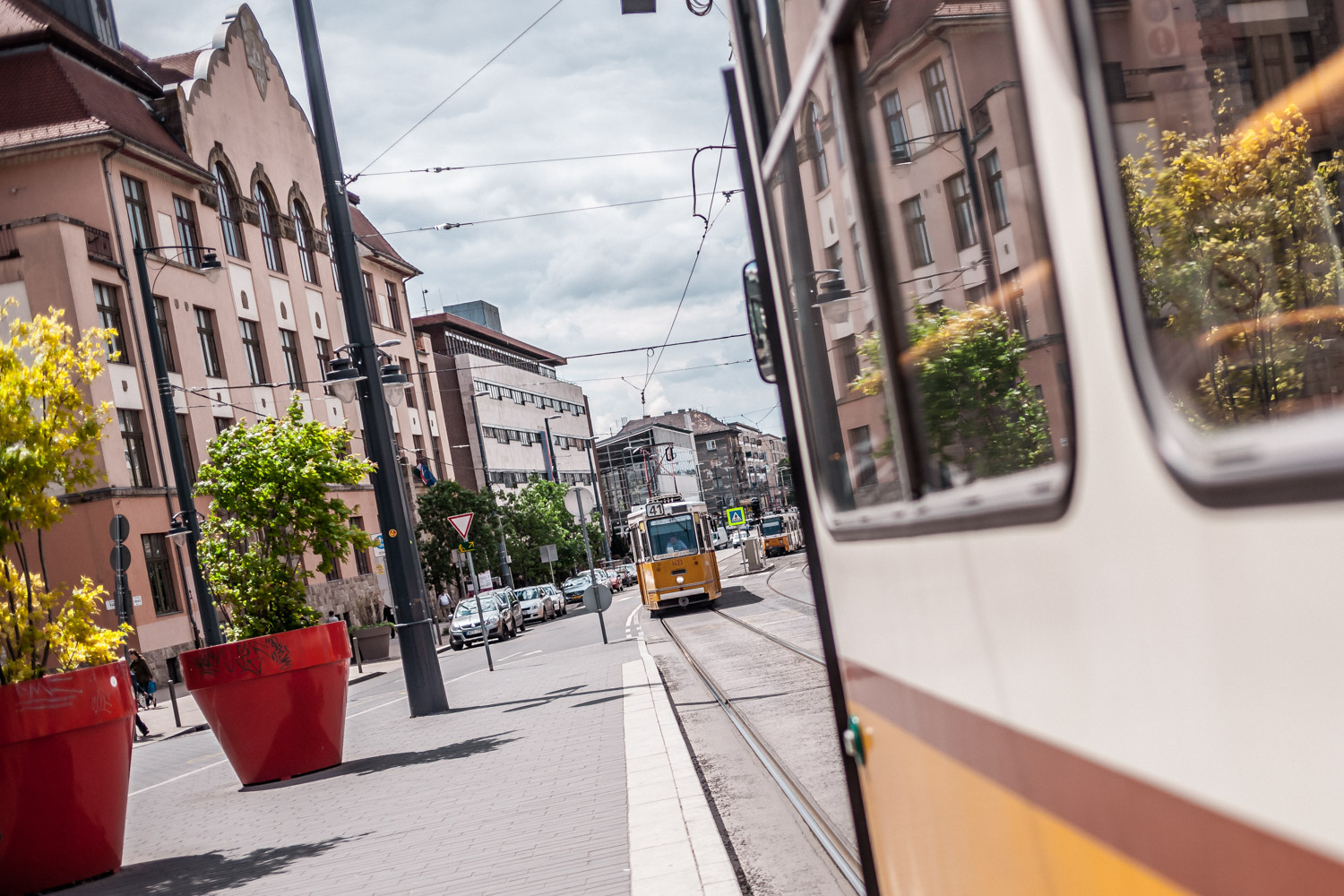The idea for this special means of transport was the brainchild of Ödön Széchenyi, namesake son of the influential Count István who had commissioned the building of the Chain Bridge more than three decades before.
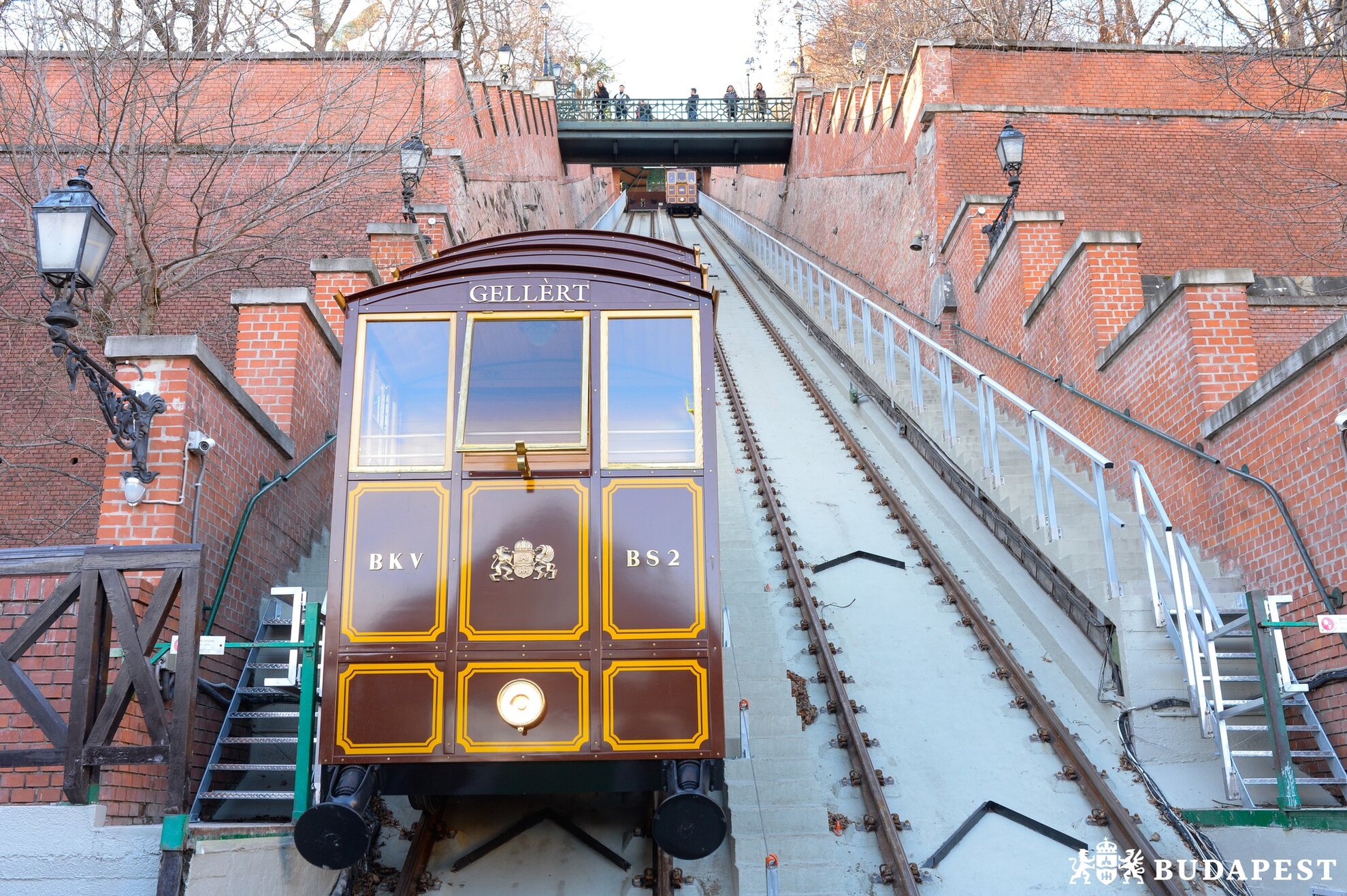
At the World’s Fair in Paris in 1867, the year Hungary gained its semi-autonomy from Vienna, Ödön Széchenyi saw his first funicular. Admiring how such a vehicle could transport passengers up a steep slope, he brought the idea back to Budapest, where he envisaged such a facility for Castle Hill. Below, his father's Chain Bridge had long been opened and had been a huge success, connecting Pest with Buda.
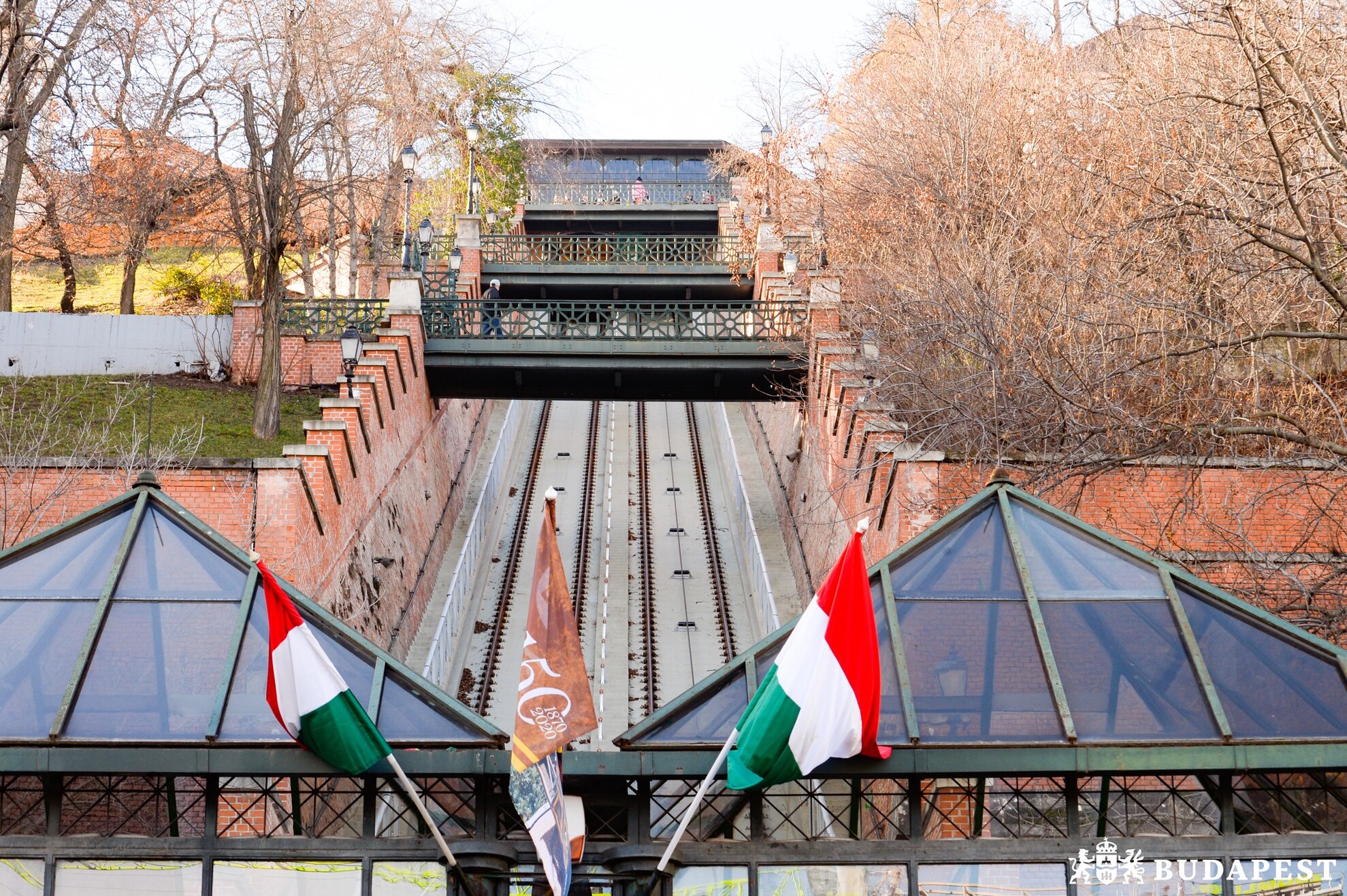
Ödön soon turned his intentions into words and the then named Buda Hill Railway was unveiled on 2 March 1870. This was only the second funicular to operate in Europe, eight years after the first in Lyon.
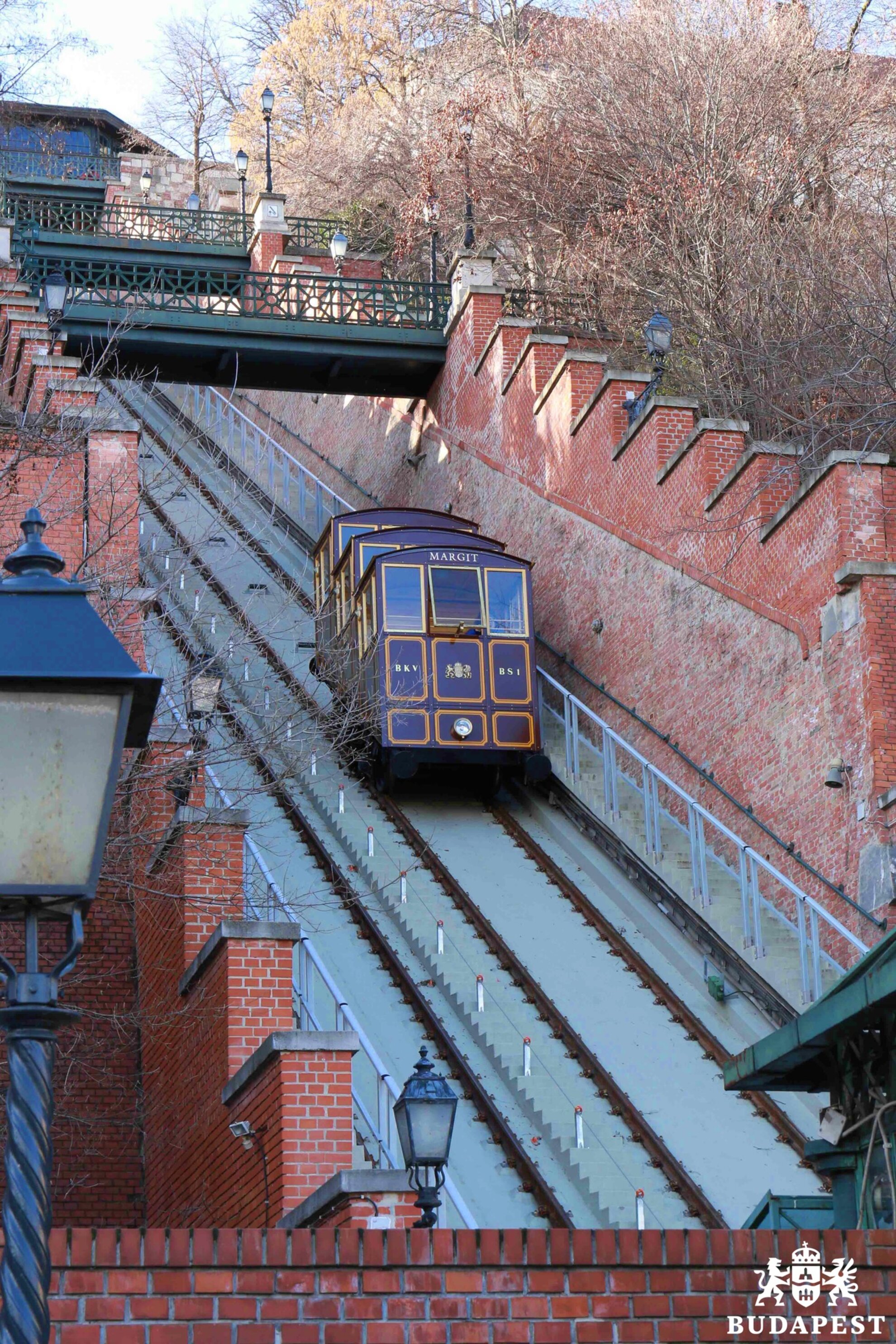
Initially serving mainly clerks and administrators who worked at Buda Castle, the Funicular ran smoothly until the extensive destruction of World War II.
Left for decades, the Sikló, as it is referred to in Hungarian, was rebuilt and revived in the 1980s. It reopened in 1986.
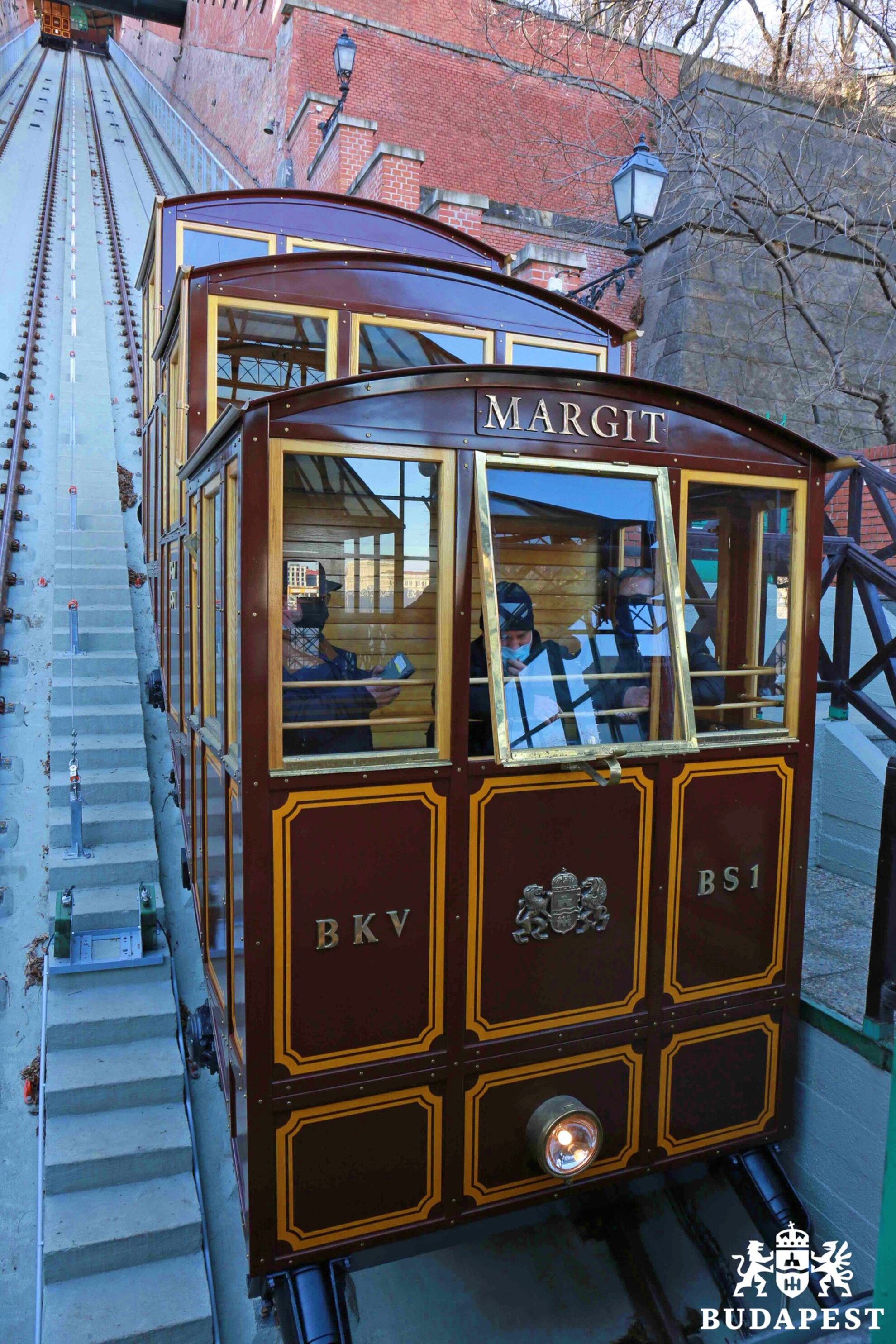
The first major renovation took place in 2009, the second from last September to mark the 150th anniversary. The rails have been replaced along the entire length of the track, and the two cars, Margit and Gellért, have also been overhauled with new wooden fittings.
The Funicular is managed by Budapest’s city transport provider, BKK. For details of prices and timings, see here.




